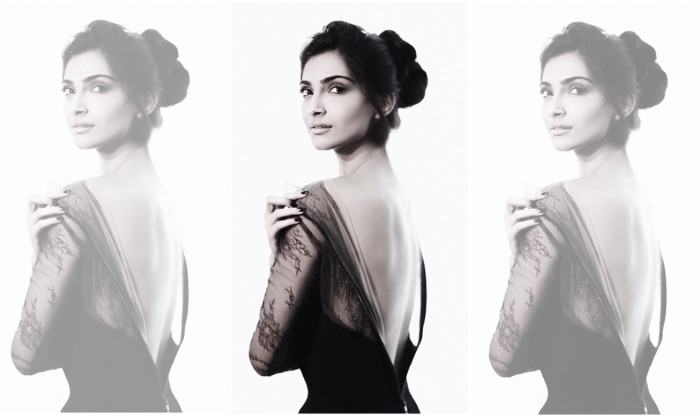
by Zara Husaini
This post was originally published on our partner website India.com.
It is easy to see why Sonam Kapoor is considered one of India’s most fashionable women. The actress is consistently well-dressed, displaying plenty enthusiasm and affinity for high-fashion looks.
With a versatility that’s reminiscent of U.S. fashion icon Olivia Palermo, Kapoor effortlessly embodies multiples aesthetics in their entirety – she’s eastern and embellished one day, clad in the clean lines that characterize western fashion the next. On or off the red carpet, this girl has incredibly enviable style and poise.
While we might not have the means or influence needed to wear the couture pieces Kapoor has at her disposal, one thing is for sure: We can – and have – taken several style lessons from her playbook. Here are a few of them.
1. Balance is everything
So many brands are rolling out extremely loose, fluid pieces these days. We love this because let’s face it, loose clothes are comfortable and forgiving! With that being said, a little bit of structure can make any outfit look better. Kapoor clearly understands this; she’ll pair a tailored jacket with a freeform gown, a fitted cropped top with blouson pants and a tapered pair of jeans with an oversized top. The contrasting fits provide much-needed balance to any look.
https://www.instagram.com/p/BIPHy6PgQ75/
2. Let your accessories do the talking
This is a great tip to keep in mind when you’re trying to save money but still look ultra-fashionable. Kapoor often wears big, bold accessories, which really takes even the simplest outfit to the next level. You can opt for affordable clothing and use accessories (like purses, shoes, and jewelry) to full effect – it’s a great way to make even a pair of jeans and a plain top look exciting.
https://www.instagram.com/p/BILCNLwgZhe/
3. Tailoring can make all the difference
One of the many reasons Kapoor always looks so flawless has everything to do with tailoring. Her clothes fit beautifully all the time – you’ll never catch her with gaping fabric or baggy sleeves. Here’s what you should take from this: Sometimes it’s really worth investing in the services of a great tailor. When your clothes are literally tailored to your body, they look a million times better.
https://www.instagram.com/p/BG91udTQhZ_/
4. Try new things
So many women have a signature look – some wear all black every day, others opt for quirky prints like polka dots and stripes. Because of this, Kapoor’s ability to transform with her fashion choices is so refreshing. She is not afraid to embrace a wide range of styles, from sophisticated structured looks to playful breezy outfits. Fashion is something to have fun with and she clearly knows how to do this.
https://www.instagram.com/p/BF1X8L2whZw/
5. Hair and makeup can add to your look
Treat your makeup and hairstyle as accessories for your look. If you’re wearing a glamorous black dress, channel Old Hollywood glamour with loose curls and red lipstick. If you’re wearing a Desi outfit, opt for sleek hair and shimmery gold eyeshadow. When Kapoor goes for a look, she really commits to it, ensuring that her hair and makeup fit the overall theme. This is an excellent way to make your entire vibe feel more dramatic and stylish.
https://www.instagram.com/p/BFfz0NRwhSp/
Zara Husaini is a Chicago-based writer/editor who has covered everything from fashion to breaking news. She’s a graduate of the Medill School of Journalism. You can find her personal blog at statementscene.com.




